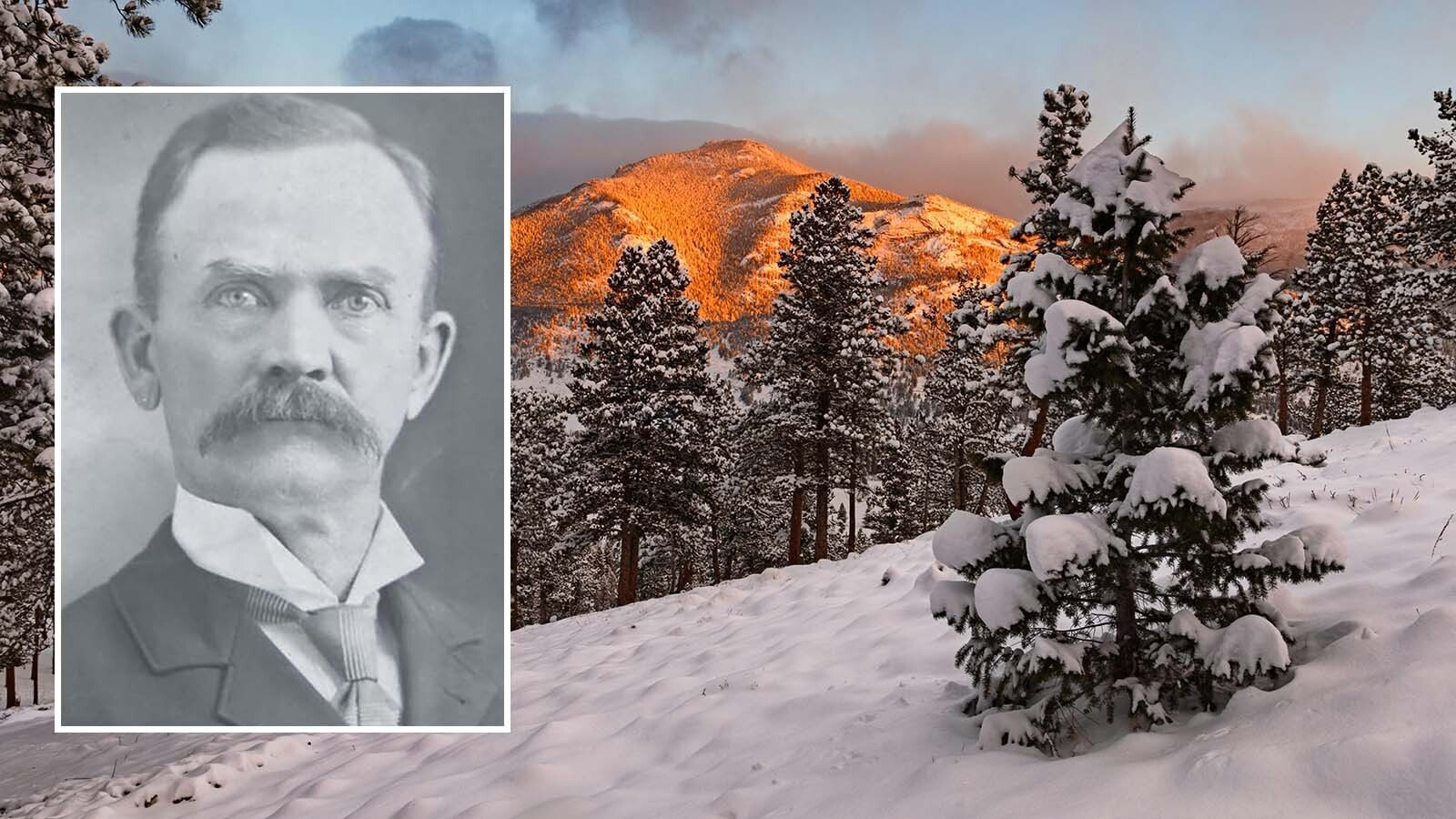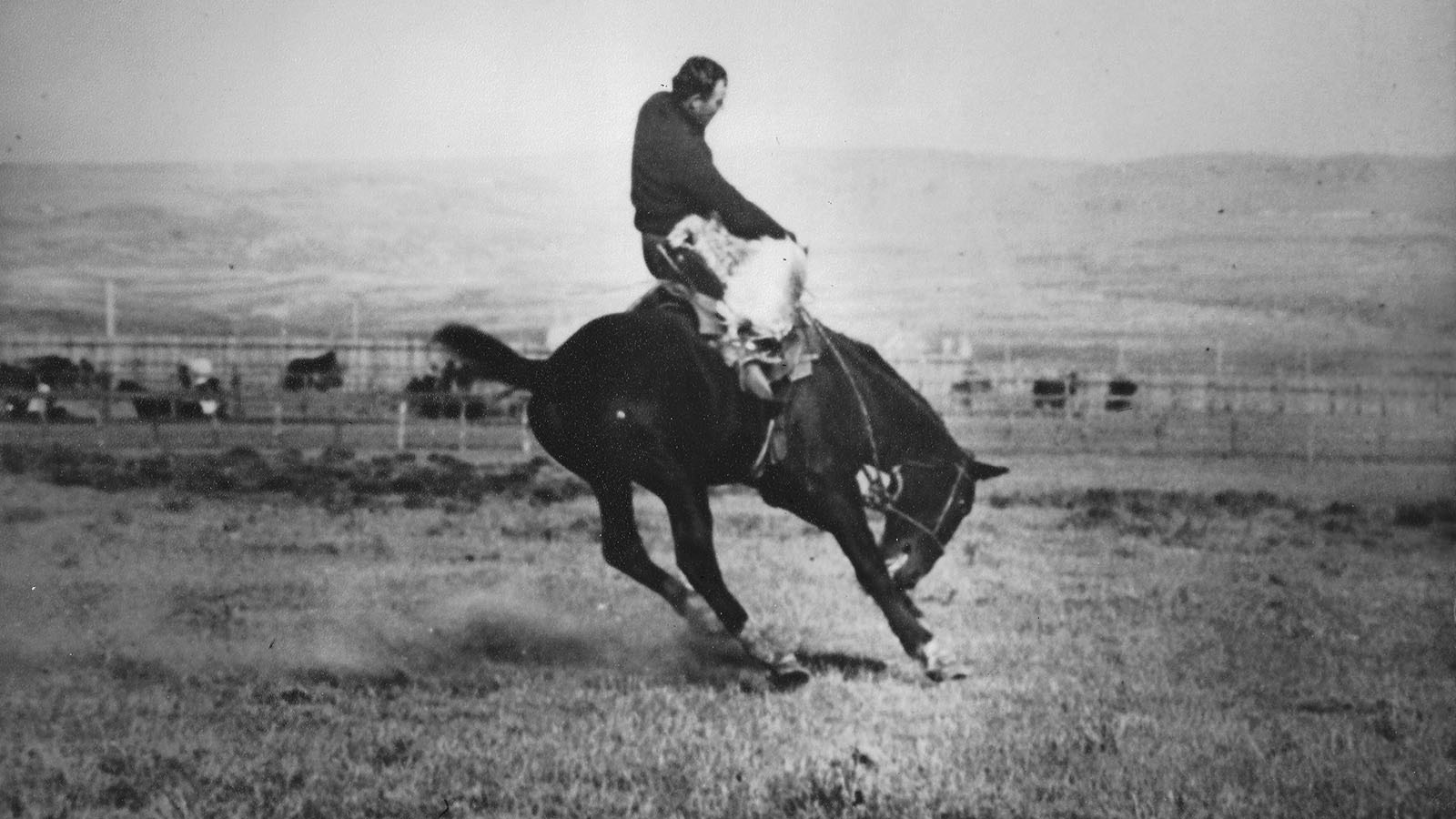No one can say how many lives Tin Dup’s dream saved. The Shoshone elder, known for his prophecies, saw through the haze of sleep soldiers attacking the winter camp in the Bear River bottoms in what is now southeastern Idaho.
Shoshoni Bands from miles around had gathered in the valley sheltered by high bluffs to celebrate the warm dance and encourage an early arrival of spring.
Many in the camp were already worried after a group of rambunctious young men, probably from Pocatello’s band, attacked a group of stranded miners attempting to cross the Bear River a few miles downstream from the gathering and killed one of the men.
With Tin Dup’s warning, many of the celebrating Shoshoni decamped and headed home to the Green River and Wind River valleys to the east, the Salmon River country to the north, and desert mountains and valleys to the west.
Otherwise, the body count at the coming Massacre at Bear River would likely have been much higher. Even so, it is still the highest number of Indians killed by army troops in the entire history of the Old West.
Bear Hunter and Sagwitch, among the leaders of the bands remaining at the village where they often wintered, had heard rumors of approaching troops.
The assumption was that, as had been the case following numerous skirmishes with settlers and travelers, that there would be negotiations and perhaps some arrests.
Patrick Edward Connor, the colonel commanding Camp Douglas in Salt Lake City, had other ideas.
The surviving miners had made their way to the city and convinced the federal marshal there to swear out warrants for the arrest of the miscreants.
The lawman knew he would need the army’s assistance if anything was to be done and approached Connor. Connor agreed to the request with one proviso—he did not intend to take any prisoners or make any arrests. His intention was to kill as many Shoshone as he could. And he did.
The colonel and his troops, who had joined up to fight the rebels in the Civil War, were instead assigned to protect communication routes between the States and the West Coast. They were itching for a fight.
Given his head, Connor may well have pitched in to fight the Mormons, whose loyalty to the Union cause was suspect. They were ordered not to. They had already engaged with Shoshone bands on a few occasions, but not enough to relieve their boredom and satisfy their fighting spirit.
A train of 15 wagons, escorted by 80 infantrymen, left Camp Douglas under the guise of bringing in a shipment of grain from Cache Valley, some 80 miles to the north.
Then, in the dead of night a few days later, 220 cavalry troops rode out and faced stiff winds, blowing snow, and freezing conditions as they rode more than 60 miles before stopping to recover in a sheltered canyon near the town of Box Elder.
The ride proved costly, as scores of troops were so frostbitten they could not continue.
But the remaining troops bucked heavy snow to make it through Sardine Canyon and over the pass into Cache Valley where they met up with the infantry—who had arrived via a different, less punishing route—and set out for the Shoshone camp at the northern end of the mountain valley.
They arrived in the area before dawn on the morning of January 29, 1863. The supply wagons got mired in the snow, and Connor stayed to sort out the mess, sending his fiercest fighter, Major Edward F. McGarry, to lead the cavalry and surround the village and await his arrival with more troops.
Meanwhile, in the Shoshone camp, Sagwitch had awakened in the wee hours. While walking through the village, he sensed the presence of the soldiers making their way down the steep bluffs and alerted the camp. The few fighting men readied what weapons they had and waited. Sagwitch urged caution.
But caution was not in McGarry’s vocabulary and, contrary to Connor’s orders, he launched a frontal attack. The Shoshoni, concealed in brush and willows lining the shallow Beaver Creek ravine turned back the attack, killing or wounding most of the 14 soldiers who would die that day or later from their injuries.
When Connor arrived on the scene with additional troops he carried out his original plan of dividing his forces, and in a pincer movement flanked the village and pressed in with guns blazing. The Shoshone, with no ammunition left and few fighters, were slaughtered. Old men were tortured and killed. Women raped and bludgeoned to death. Children and babies butchered. Bodies dumped into the Bear River to float away.
A few survived by making it across the river or by concealing themselves in the nearby hills. The killing continued for some two hours until the soldiers wearied of the task. They plundered the village, hauling away tons of food and goods and stealing nearly 200 horses, then put the match to everything left standing and burned it all down.
No one will ever know how many Shoshone died that day. Colonel Connor claimed 224 killed, but some said that did not include women and children. Others at the scene put estimates at over 400. The truth probably lies somewhere in between.
Unlike Sand Creek and Wounded Knee and other massacres that raised public ire and called the soldiers and officers to account, the Massacre at Bear River went largely unnoticed and is unchronicled in any major way in history even today.
But such an unprecedented and unmatched tragedy should not be forgotten.
Today, more than 160 years later, the Northwestern Band of the Shoshone Nation, descendants of the survivors, is hard at work to cement the deaths of their ancestors into public consciousness. After years of negotiations, the Band has acquired the land where the massacre occurred.
The battlefield—obscured by decades of farming and physical alteration by nature — is being restored to reflect the way it looked over the hundreds, thousands, of years it sheltered Shoshone bands over countless winters. Plans are already drawn up to establish an interpretive site and cultural center on the bluffs overlooking the village site.
Unlike the settlers and their descendants who usurped Indian lands and way of life, the people of the Northwestern Band of the Shoshone Nation have not forgotten the Massacre at Bear River.
R.B. Miller can be reached at: writerRodMiller@gmail.com





